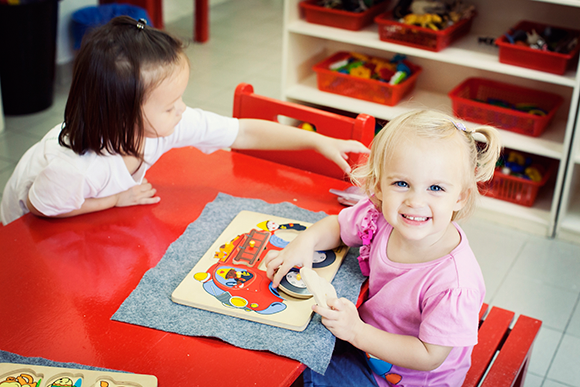
These are findings from an Ipsos poll conducted August 3-6, 2018. 21%), are found to be more commonly used by men. While the use of most products does not vary widely between women and men, a few products, including shampoo (49% of women vs. The least used products are shaving products (36%), hand sanitizer (35%), and nail clippers (18%). When asked which personal hygiene products are used daily, toilet paper (96%), toothpaste (95%), toothbrush (94%), deodorant (90%), and soap/body wash (85%) are the top choices. The average American will shower 6.4 times per week, wash their hair 4.8 times per week, floss 4 times per week, brush their hair 1.8 times per day, and brush their teeth 1.9 times per a day. As such, a large majority of women (94%) seem to prioritize hygiene maintenance above all else, and only a third (32%) agree that personal hygiene comes second to school or work priorities. Four out of five women (78%) also believe that personal hygiene can also impact their daily productivity, whereas fewer men (72%) agree.

Three out of five women (61%) “strongly agree” that personal hygiene is directly tied to their self-image, while only a half of men (50%) believe the same. Women are also more likely to be concerned about hygiene as it relates to image and perception. On the other hand, more than a third of both men and women (36%) do not find that bathing/taking a shower before going to bed is very important. These gender differences are also apparent for habits like sanitizing mobile devices, living spaces, and work spaces – hygiene practices which roughly a third of men do not seem to find important (33%, 24%, and 27%, respectively). 63%), and washing their hands after using public transportation (74% vs. 78% of men), changing their clothes every day (73% vs. Similarly, women are more likely to say that changing their undergarments every day (88% vs. While the majority (98%) of men and women agree that washing their hands after using the toilet is important, women (91%) are more likely than men (84%) to say that this behavior is very important. Not only are women (81%) more likely than men (72%) to describe themselves as very clean rather than just clean, they are also more likely to consider the tested hygiene habits very important. When it comes to hygiene habits, some gender disparities come to light. When asked how often someone negatively comments about their cleanliness, most respondents answer “never” (78%). However, a new Ipsos poll seeks to answer the question, “Just how clean are we?” A vast majority of Americans (99%) report that they are clean, and 92% say maintaining good hygiene is a top priority.

If we do not provide environments our students feel comfortable in, they may go elsewhere.Washington, DC, SeptemOn a daily basis, most Americans may not put too much thought into their usual bathing and grooming routines. “Recruitment and retention are the lifeblood of institutions of higher learning. “In this day and age when services are cut in order to save dollars, this study shows that cutting cleaning services could have a detrimental impact on our primary customers, the students,” says Alan Bigger, APPA’s president and director of facilities at Earlham College in Richmond, Ind. Students reported a lack of cleanliness affects allergies, spreads germs, increases bug and rodent infestations, and promotes higher stress levels. The top three building elements were noise, air temperature and lighting.Ībout 80 percent of the students reported they should be involved in keeping campus buildings clean, and 78 percent say cleanliness affects their health. Roughly 84 percent reported they desire APPA Level 1 – orderly spotlessness – or Level 2 – ordinary tidiness – standards of cleanliness to create a positive learning environment.Ĭleanliness ranked as the fourth most important building element to impact students’ personal learning. The study was conducted through the Center for Facilities Research at APPA – the association promoting leadership in educational facilities – and co-sponsored by ISSA, the worldwide cleaning industry association.Ībout 88 percent of the 1,481 students polled reported a lack of cleanliness becomes a distraction at APPA Level 3 – casual inattention – and Level 4 – moderate dinginess. The study, Cleanliness and Learning in Higher Education, is based on the five levels of clean identified in APPA's (Association of Higher Education Facilities Officers) Custodial Staffing Guidelines for Educational Facilities. A correlation exists between the cleanliness of school facilities and students’ academic achievements, according to a recent study of college students nationwide.


 0 kommentar(er)
0 kommentar(er)
